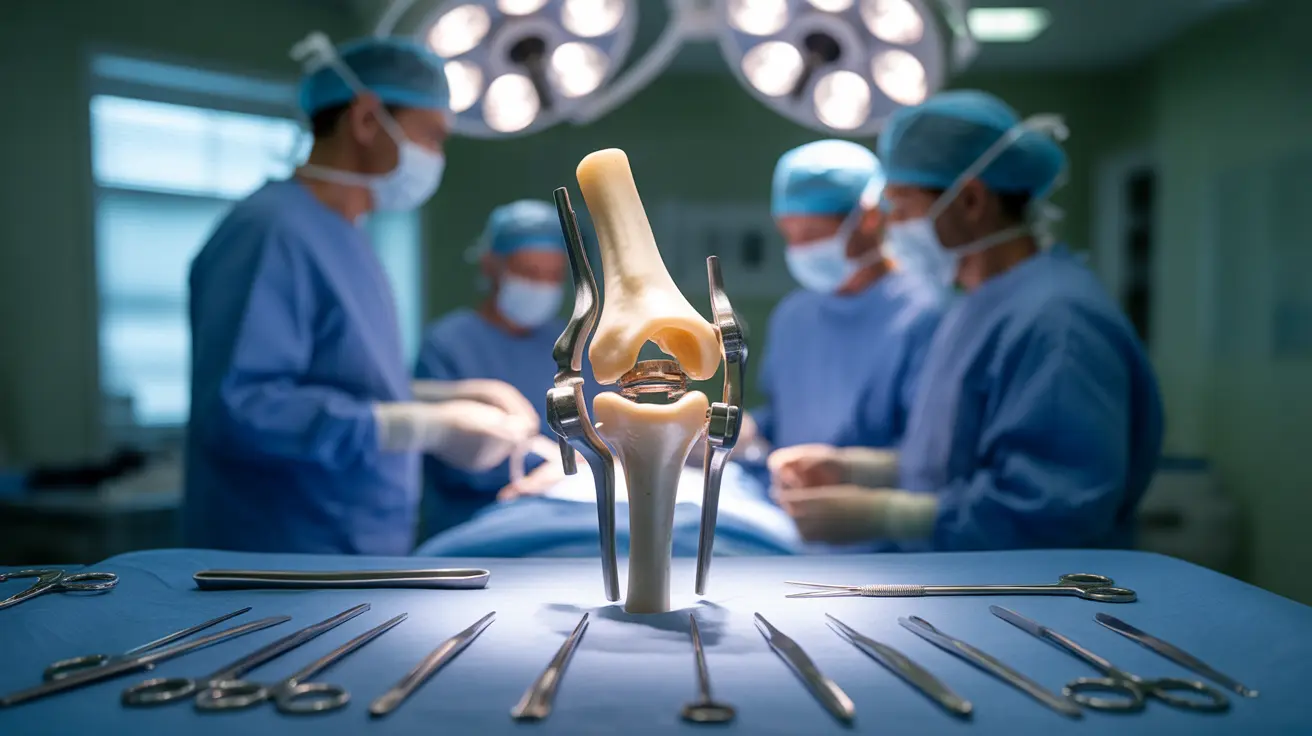Total knee replacement surgery, also known as total knee arthroplasty, is a major orthopedic procedure that can significantly improve quality of life for people suffering from severe knee pain and mobility issues. Understanding what happens during this procedure can help patients feel more confident and prepared for their surgery.
This comprehensive guide will walk you through the essential steps of a total knee replacement procedure, from pre-operative preparation to post-surgical recovery, helping you understand what to expect at each stage.
Pre-operative Preparation
Before the surgery begins, several important steps take place to ensure patient safety and optimal outcomes:
- Medical clearance and evaluation
- Anesthesia consultation
- Surgical site preparation and sterilization
- Positioning of the patient on the operating table
The Surgical Procedure
Initial Incision and Exposure
The surgeon begins by making a vertical incision over the front of the knee, typically 6-8 inches long. This provides access to the knee joint and surrounding structures. The kneecap (patella) is carefully moved aside to expose the joint.
Bone Preparation
The surgical team follows these precise steps to prepare the joint:
- Removal of damaged cartilage and bone surfaces
- Precise shaping of the femur (thighbone)
- Careful preparation of the tibia (shinbone)
- Assessment of proper alignment
Component Placement
The artificial components are carefully positioned and secured:
- Metal femoral component attachment
- Tibial component installation
- Insertion of a medical-grade plastic spacer
- Optional patella resurfacing when necessary
Post-Surgical Protocol
Recovery Room Care
Immediately after surgery, patients are closely monitored in the recovery room. Medical staff assess vital signs, pain levels, and circulation to the operated leg. Initial mobility assessments begin when appropriate.
Early Rehabilitation
Physical therapy typically begins within 24 hours of surgery. The initial focus includes:
- Gentle range of motion exercises
- Proper breathing techniques
- Basic strengthening movements
- Learning to use assistive devices
Frequently Asked Questions
What are the main steps involved in a total knee replacement procedure?
The main steps include making an incision to access the knee joint, removing damaged bone and cartilage, preparing the bone surfaces, and installing artificial components including the femoral component, tibial component, and plastic spacer. The procedure concludes with careful closure of the surgical site.
How long does a total knee replacement surgery usually take from start to finish?
A typical total knee replacement surgery takes between 1 to 2 hours to complete. However, patients should expect to be in the hospital for several hours longer due to pre-operative preparation and immediate post-operative recovery time.
What happens during the recovery and rehabilitation after a total knee replacement?
Recovery involves initial hospital care followed by structured physical therapy. Patients begin with basic movements and gradually progress to more challenging exercises. Most people can return to light activities within 3-6 weeks, with full recovery taking 3-6 months.
Why do surgeons sometimes resurface the patella during knee replacement surgery?
Surgeons may choose to resurface the patella if there is significant wear or damage to the undersurface of the kneecap. This decision is based on factors including the condition of the patella, patient age, and activity level. Resurfacing can help prevent future knee pain and improve overall function.
How soon after total knee replacement can I start walking and resume normal activities?
Most patients begin standing and taking their first steps with assistance within 24 hours after surgery. Walking with support devices usually starts during the hospital stay. Return to normal activities is gradual, with most patients able to drive and perform light activities within 4-6 weeks, depending on their recovery progress.




